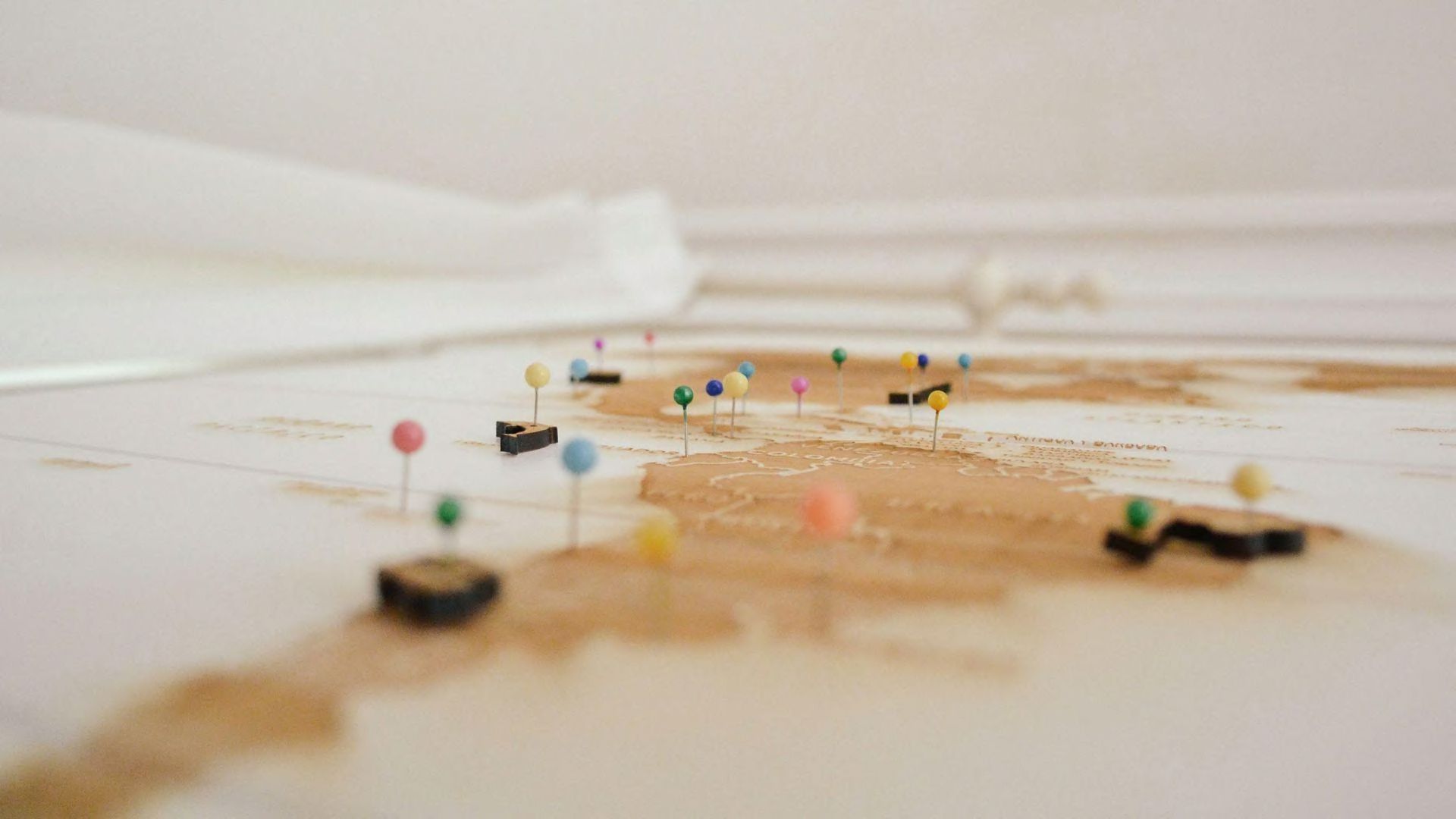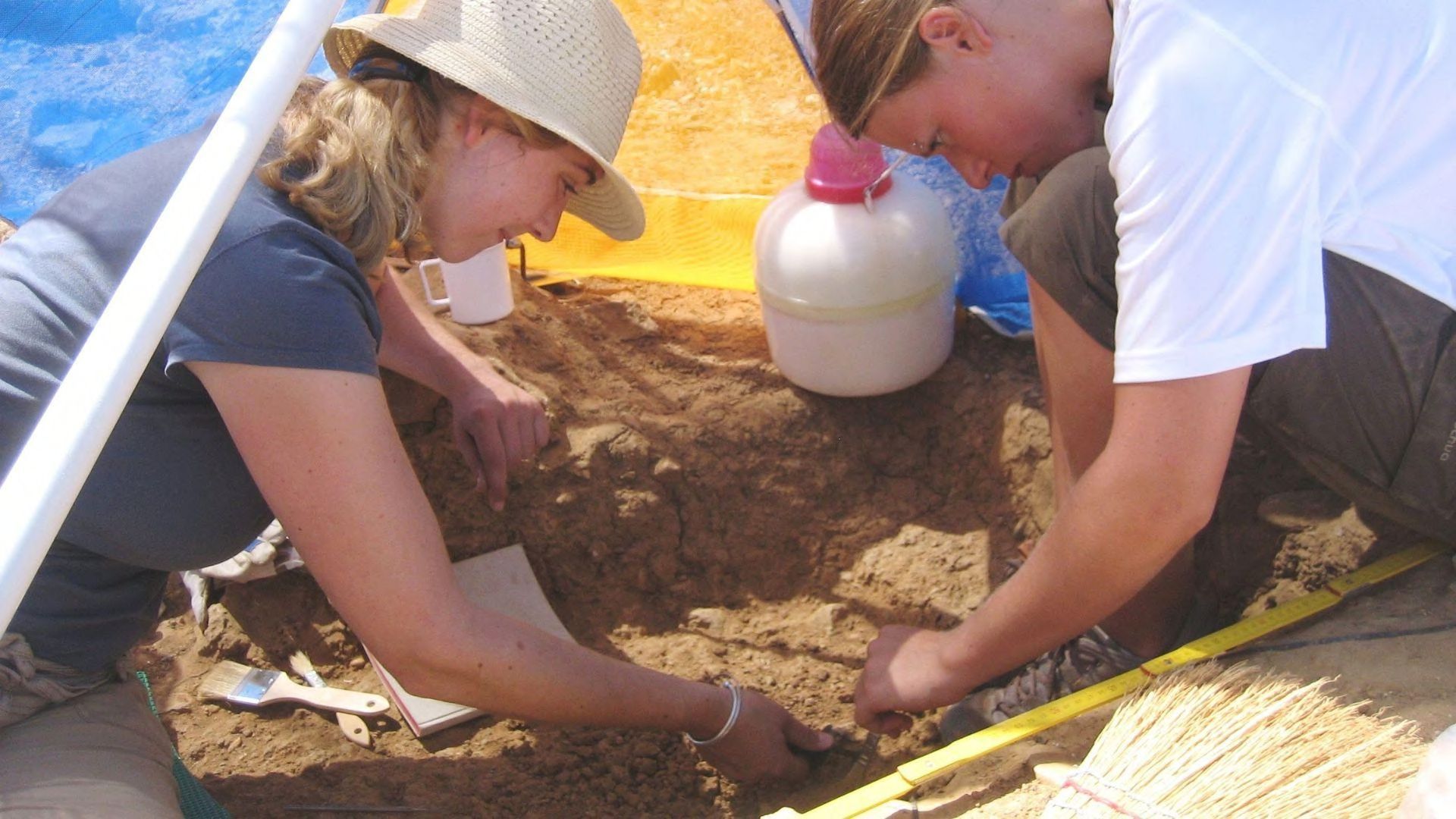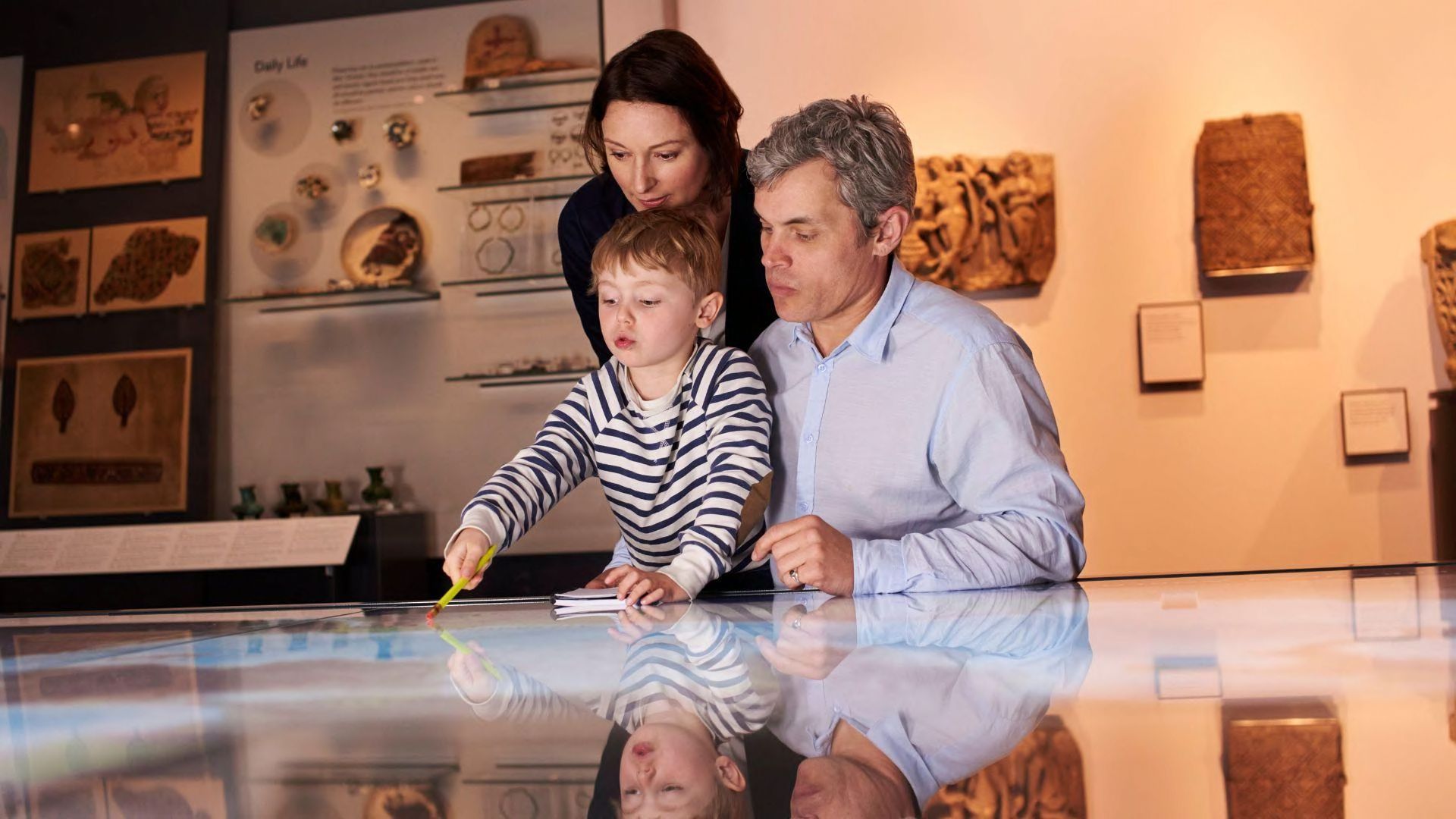90,000-Year-Old Human Footprints Leave Scientists With Questions About Early Civilizations
A recent discovery in North Africa proves that the history of the human race may go back far earlier than we originally believed.
In a remarkable discovery, archaeologists stumbled upon two trails of ancient human footprints etched into a Moroccan beach, offering a glimpse into human life 90,000 years ago. The pristine condition of the 85 footprints, nestled within the sand near North Africa’s northern tip, astonished researchers and provided valuable insights into early human migration patterns.
Where Did They Come From, Where Did They Go?
As scientists meticulously examined the well-preserved footprints, they pondered the activities of the ancient humans who left them behind.

Source: Delfi de la Rua/Unsplash
While the exact purpose of their journey remains shrouded in mystery, researchers speculate that the group, likely hunter-gatherers, ventured to the beach in search of vital resources abundant along the coastline. “Based on the foot pressure and size of the footprints, we were able to determine the approximate age of the individuals, which included children, adolescents and adults,” explains study lead author Mouncef Sedrati.
Piecing Together The Past
Through meticulous analysis and interdisciplinary collaboration, researchers aim to reconstruct the broader narrative surrounding the ancient footprints.

Source: Canva
By combining archaeological findings with insights from anthropology, geology, and other fields, they hope to unveil the complexities of early human societies and shed light on the shared experiences that unite us across time and space.
The Scientific Significance of Such a Discovery
The discovery of ancient footprints in Morocco represents a groundbreaking milestone in the study of human evolution and prehistory. These findings challenge conventional narratives and expand our understanding of early human migrations and cultural developments.

Source: Alamy/Canva
As researchers delve deeper into the intricacies of the archaeological record, they confront fundamental questions about human origins, adaptability, and resilience. “No other site in North Africa has yielded footprints dating from the Pleistocene or Pliocene,” states Sedrati. “They are, therefore, the oldest human footprints in this region and among the oldest footprints attributed to Homo sapiens worldwide.”
Interpreting Ancient Behaviors Through Each Step
From the rhythms of daily life to the challenges of survival in a dynamic landscape, the footprints offer poignant reminders of our shared humanity.

Source: Canva
By embracing interdisciplinary perspectives and embracing diverse cultural narratives, scholars strive to bridge the gap between past and present, enriching our appreciation of the human story and the tapestry of civilizations woven across millennia. “We hope to learn about the total history of this group of humans and what they were doing there,” Sedrati said.
The Challenge of Preservation
Despite the excitement surrounding the discovery, researchers face urgent challenges in preserving the fragile remnants of human history. The natural erosion of the rocky shore platform threatens to engulf the ancient footprints, emphasizing the need for swift action to document and protect the invaluable archaeological site.

Source: Canva
“The exceptional thing is the position of the beach on a rocky platform that is covered in clay sediments,” Sedrati said. “These sediments create good conditions to preserve the tracks on the sandbar while the tides rapidly buried the beach. That’s why the footprints are so well preserved here.” As scientists race against time to unravel the mysteries of the past, efforts to stabilize the site and mitigate environmental threats are paramount.
The Challenge of Ethical Preservation
As researchers delve into the past, they confront ethical dilemmas and responsibilities inherent in the study of human remains and cultural heritage.

Source: Canva
Balancing scientific inquiry with cultural sensitivity requires careful navigation of power dynamics, collaborative partnerships, and inclusive dialogue. By fostering mutual respect and reciprocity, researchers can cultivate meaningful relationships with local communities and honor the diverse voices that enrich our understanding of the past.
Technology’s Time to Shine
Advancements in technology have revolutionized the field of archaeology, empowering researchers to unlock the secrets of the past with unprecedented precision and depth.

Source: Canva
By harnessing the power of scientific inquiry and computational methods, archaeologists can reconstruct ancient landscapes, trace migration routes, and reconstruct the daily lives of our ancestors with remarkable clarity. As the digital frontier expands, so too does our capacity to illuminate the hidden histories buried beneath the sands of time.
Footsteps Inspire 90,000 Years Later
The discovery of ancient footprints serves as a catalyst for educational outreach and public engagement, igniting curiosity and wonder in audiences of all ages.

Source: Canva
By fostering a sense of connection to the past and the natural world, outreach initiatives empower individuals to become stewards of cultural heritage and advocates for scientific inquiry.
What The Future Holds
As the journey of exploration continues, researchers embark on new frontiers of discovery, driven by curiosity, collaboration, and a commitment to unravelling the mysteries of the past.

Source: Canva
By embracing interdisciplinary approaches and embracing diverse perspectives, scholars pave the way for transformative insights and paradigm shifts in our understanding of human history. As we stand on the threshold of discovery, the ancient footprints beckon us to embark on a shared voyage of exploration, discovery, and understanding.
